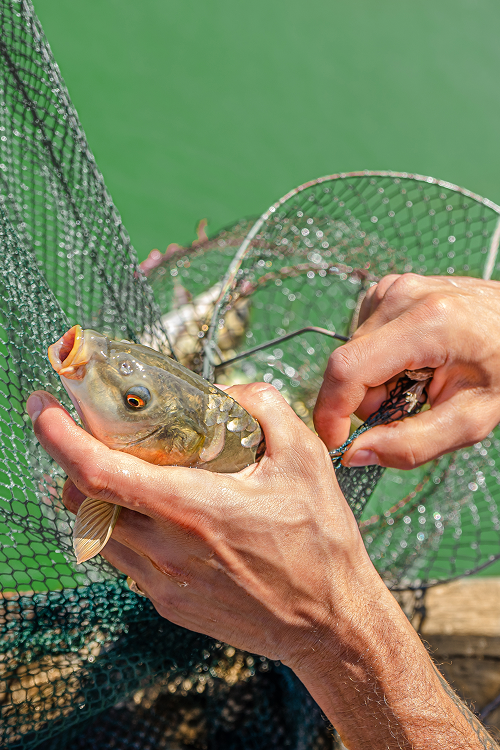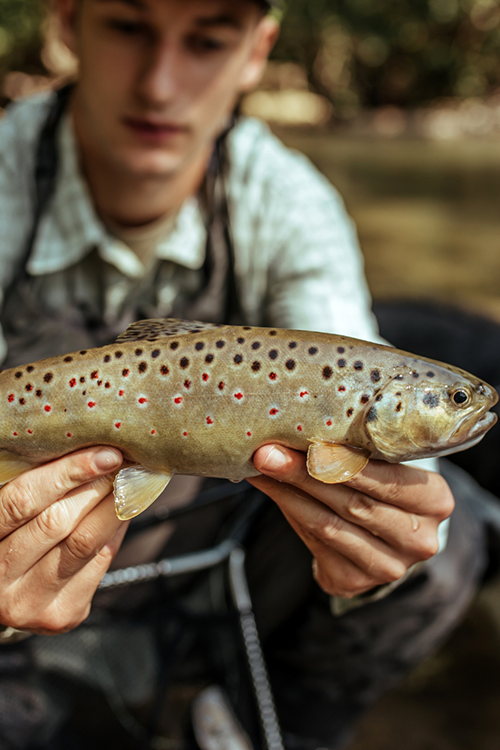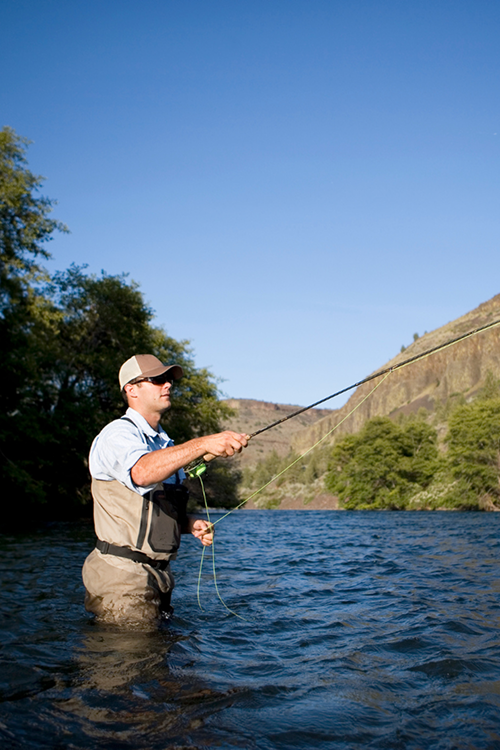Trout are known to feed on aquatic insects such as flies, mayflies, caddisflies, and stoneflies as well as crustaceans such as shrimp, scuds, and sowbugs. But, this question is not commonly asked to "feed" the trout. Anglers ask this to lure the trout with their favorite flies. Also, this can help in locating the big trout population in a river. Trout are known for their ability to eat almost anything smaller than themselves that they can fit in their mouths. This also includes creatures that accidentally fall into the water from the shore, such as crickets, mice, and other small animals.
Crustaceans
Trout feed on several crustacean species (shrimp, crayfish, and water fleas), but it's not their main source of diet. They rely on aquatic insects and also consume small fish as an important part of their diet:
- Stoneflies
- Caddisflies
- Mayflies
- Mysis shrimp
Crustaceans inhabit both saltwater and freshwater environments, including inland brines with higher concentrations of salt than seawater. They can free-swim or burrow under rocks, sediment, or seaweed to survive in these environments. Moreover, it’s important that you understand how to read water. This helps find the insects that trout feed on.
Stone flies for Cutthroat Trout
This is one of the best baits for trout. They are mostly found in clean and oxygenated water that supports trout health; their nymphs provide delicious meals. When stoneflies emerge during wintertime, they can ignite an all-out feeding frenzy among trout.
Stoneflies differ from mayflies and caddisflies in three key ways:
- Life Cycle Timing: Stoneflies hatch later (often winter into early spring), while mayflies and caddisflies are more common in warmer months.
- Nymph Behavior: Stonefly nymphs crawl out of the water to emerge, unlike mayflies and caddisflies that hatch on the surface.
- Wing Position: Adult stoneflies hold their wings flat over their backs, while mayflies hold theirs upright and caddisflies tent them roof-like.


